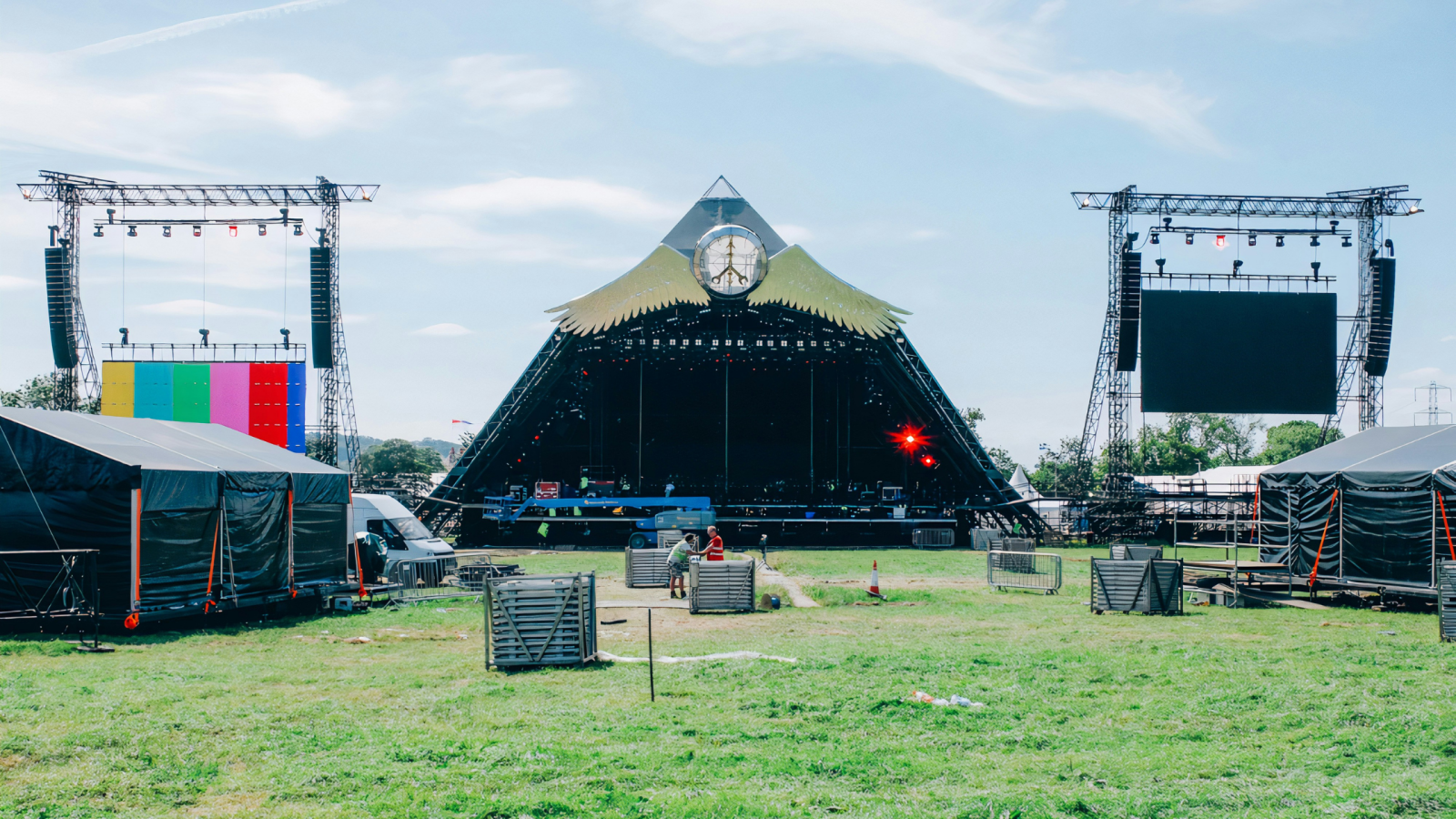Why Stormzy as a Glastonbury headliner makes sense post-streaming

Photo: Annie Spratt

On the eve of Stormzy becoming the first Grime artist to headline Glastonbury, it is worth considering what this represents in terms of the link between the new streaming economy and live music.
The South Londoner’s slot is notable less for the now-obligatory controversy that greets any Worthy Farm headliner that isn’t an established rock band (as per Jay-Z and Kanye West’s turns at the festival), but rather should be viewed as a pivot in what the wider live audience ought to expect from the next wave of headliners. Those complaining that Stormzy is not headline material (although a number one album and single could easily suggest otherwise) seem to be missing the point in the transformation being undergone by the live industry – the headliners of yesteryear arrived in a completely different paradigm to the music industry of the present. Additionally, if people expect the live industry as it exists now to reflect modern music consumption, then they are sorely mistaken:
- Streaming and live genres are inverted: 20% of the top 25 Spotify artists (February 2019) are hip hop artists, compared to 12% of the top global touring acts. Meanwhile, rock represents just 12% of the top 25 Spotify artists but 28% of the top live artists. This disconnect between what people are streaming and what they are paying to see live is a potential fault line between two sides of the global music business. Live has always been a lagging indicator of taste, with artists’ live careers peaking later than their recorded careers. It is small surprise that the average age of the top 25 Spotify artists is 34, while for live it is 55.
- The festival boom points to the future: Listeners are less likely to invest in individual artists for an extended period of time, a trend caused by the increased choice among consumers that both downloads and streaming have facilitated. While festivals serve this audience better than individual shows, it could be argued that in the coming years, extended sets by a particular artist make less sense to someone who only streams a few songs by an individual act. The festival-goer’s desire for shorter sets may conflict with the artist’s desire for a longer show given the fee they are being paid. The current live show format of long performance sets looks divorced from consumers’ listening habits. Live venues are already preparing for this post-concert future, which bears greater resemblance to the variety act format so popular in Britain up until the early 60’s when the advent of rock gave rise to the traditional concert format.
The takeaway is that the live industry effectively must play catch-up with streaming if it is to have these types of headliners at all in the future. Even if Stormzy’s streaming numbers do not yet match those in the existing headline bracket, festivals NEED new artists to come through at that level if they are to keep the format together. Either festivals will break apart into niches (a trend already in process when reflecting on the British summertime festival calendar), or streaming acts will see themselves pushed into the big leagues early than anticipated.

The discussion around this post has not yet got started, be the first to add an opinion.